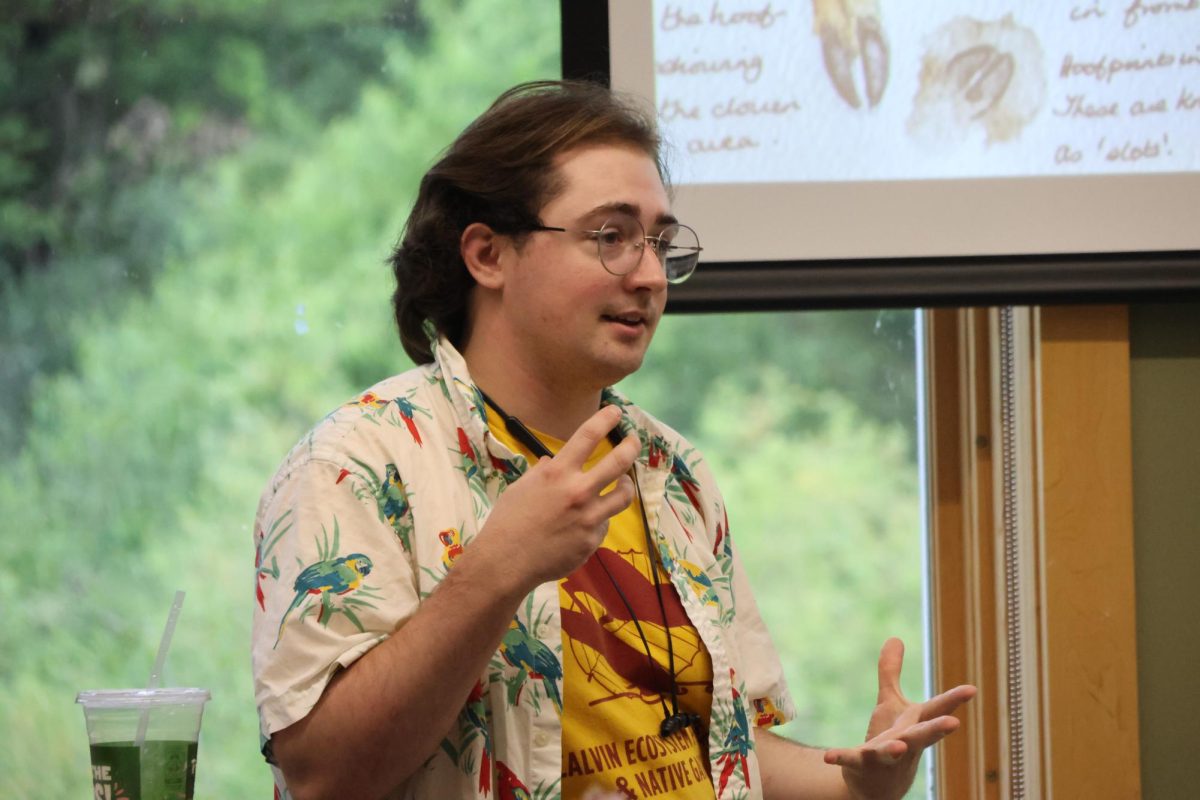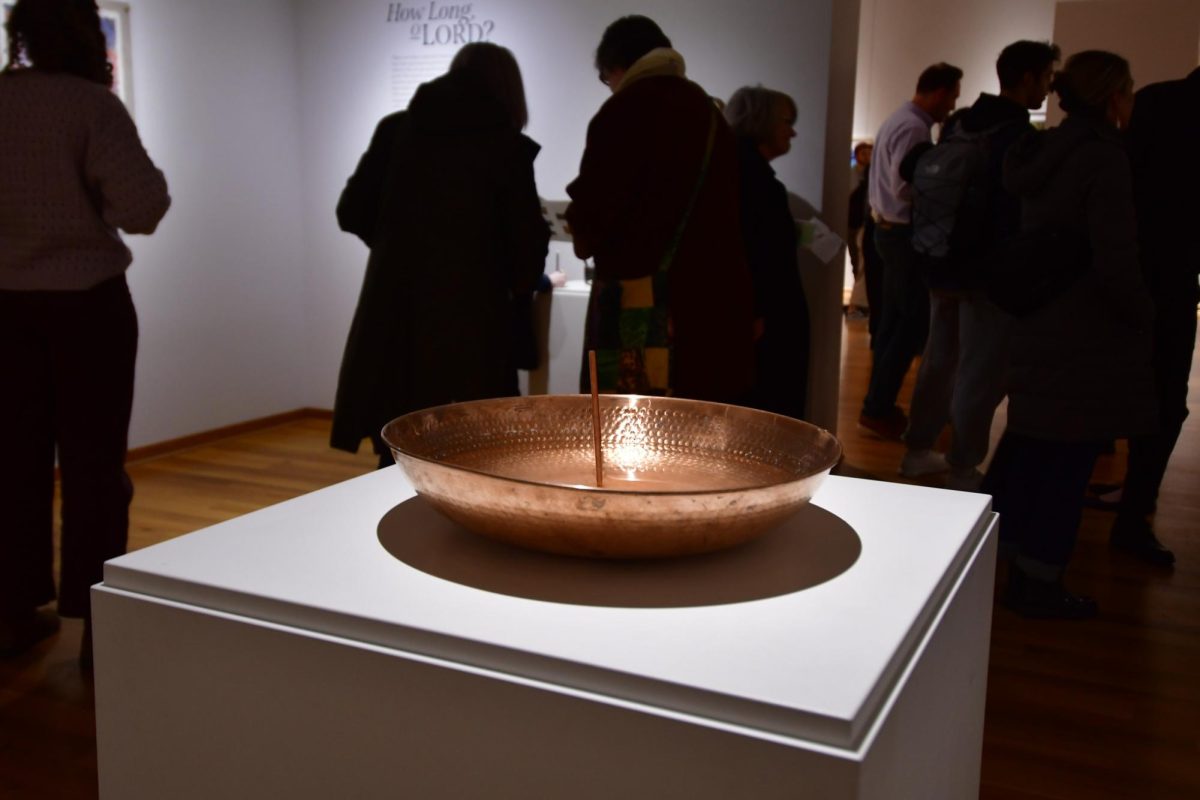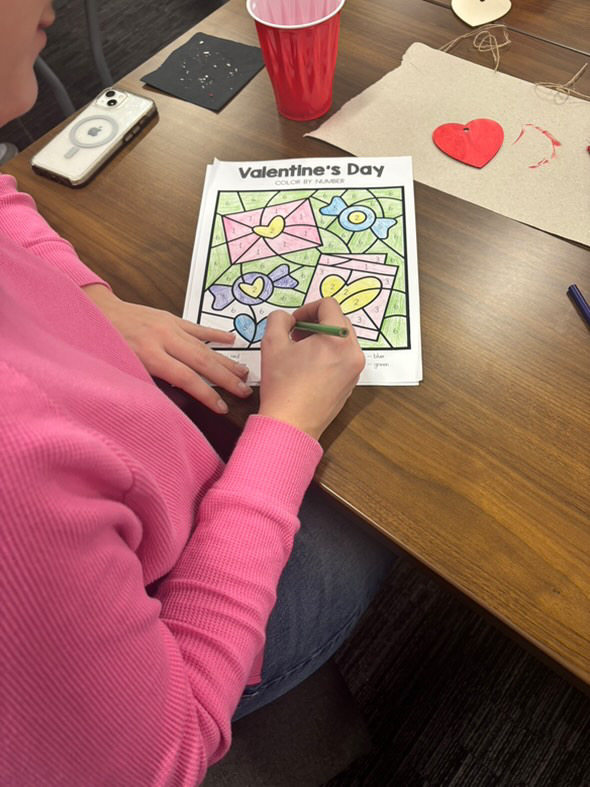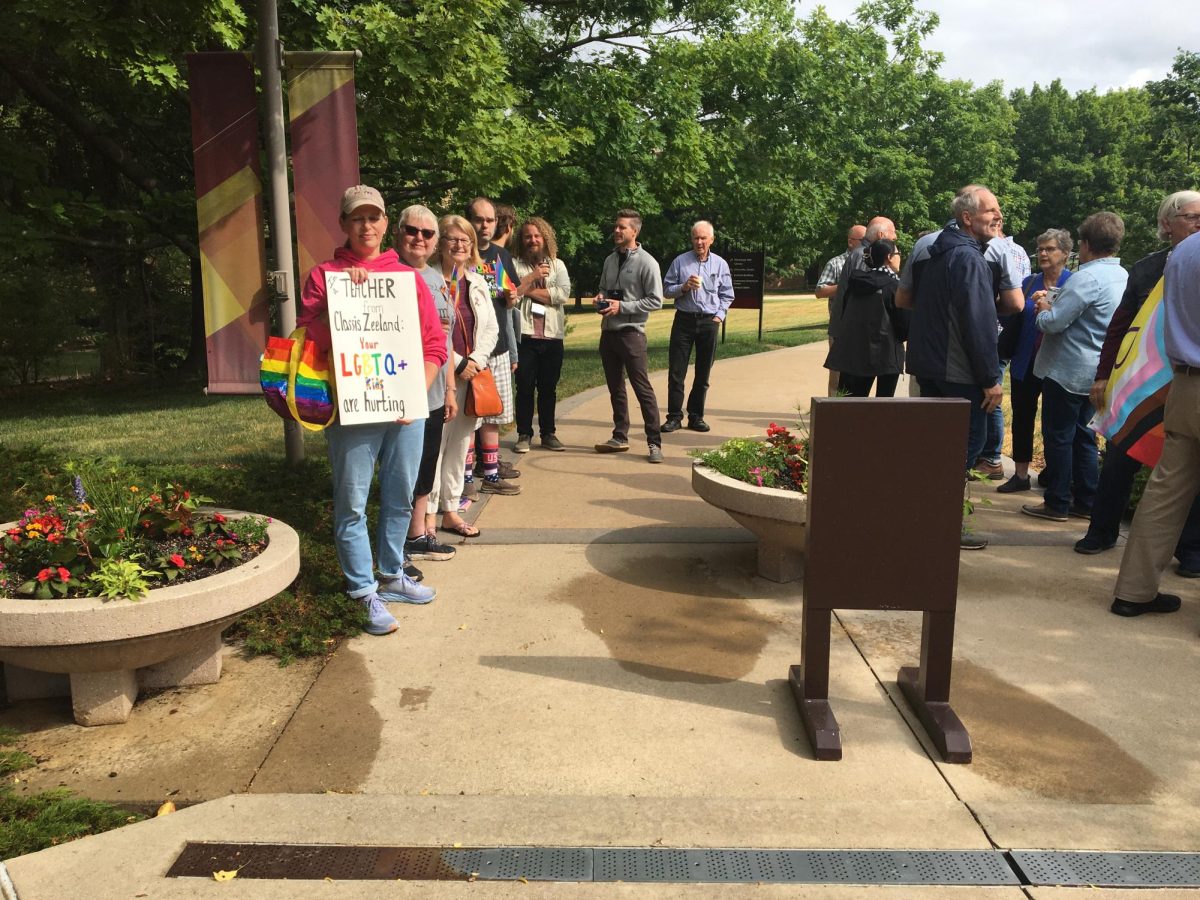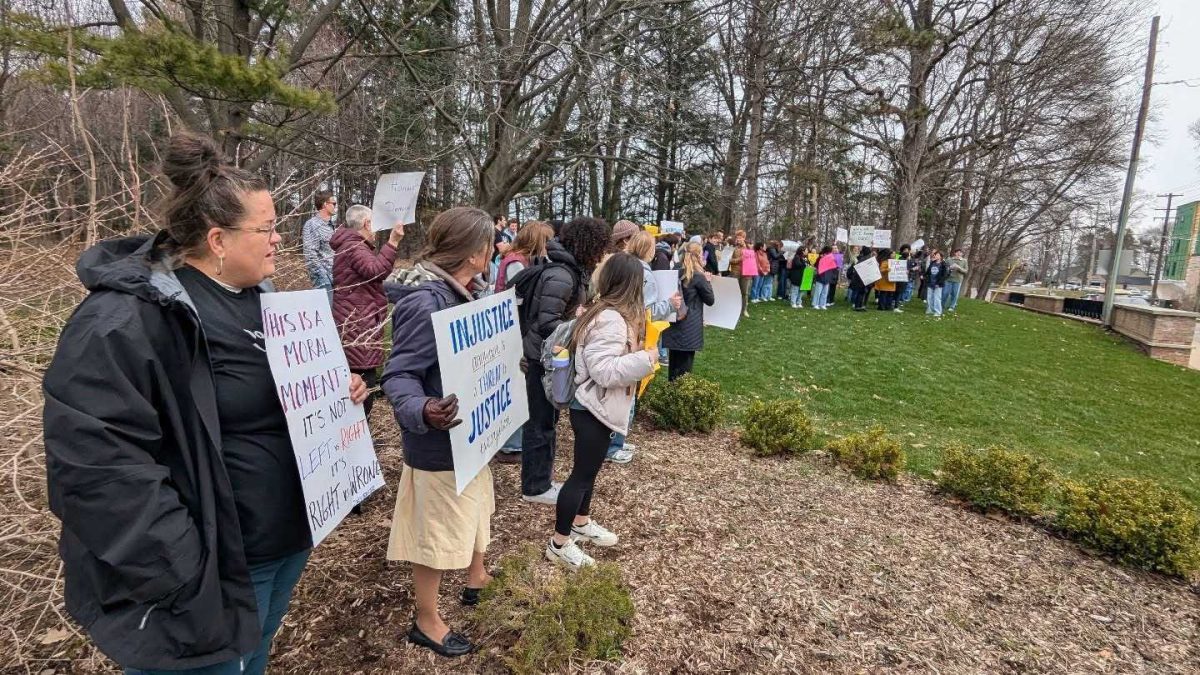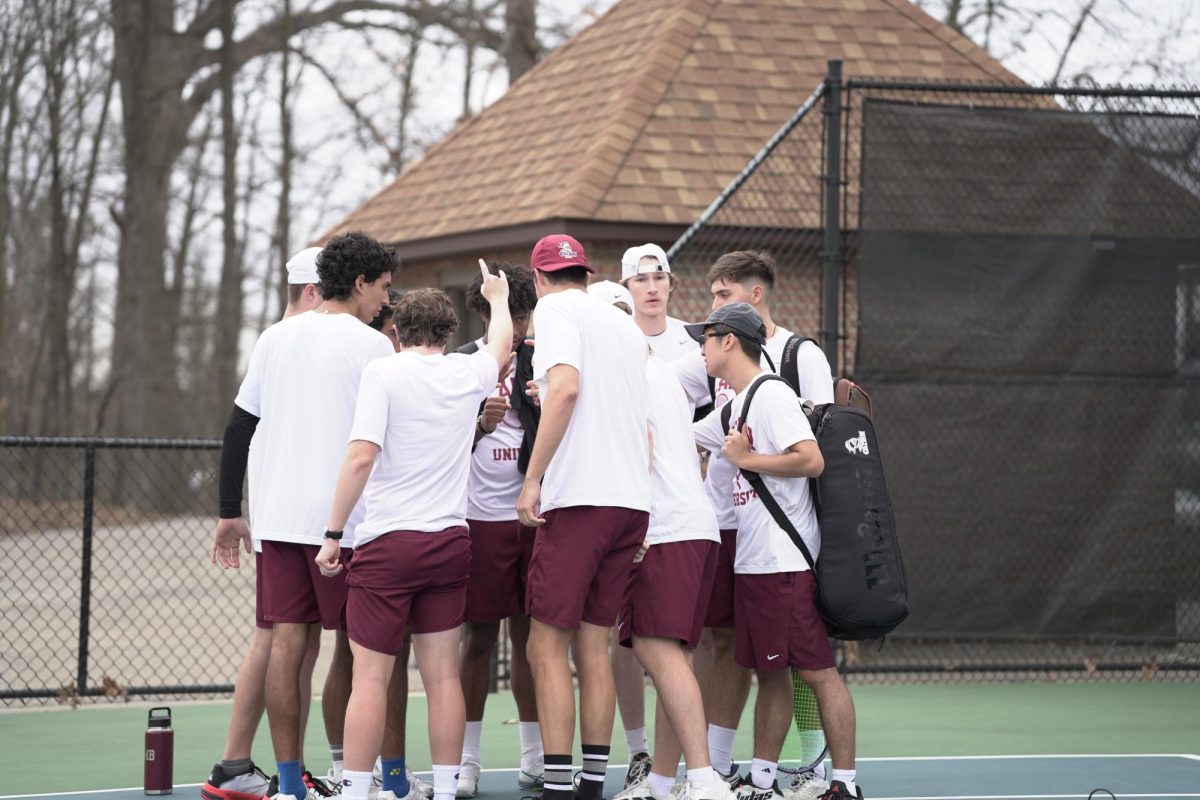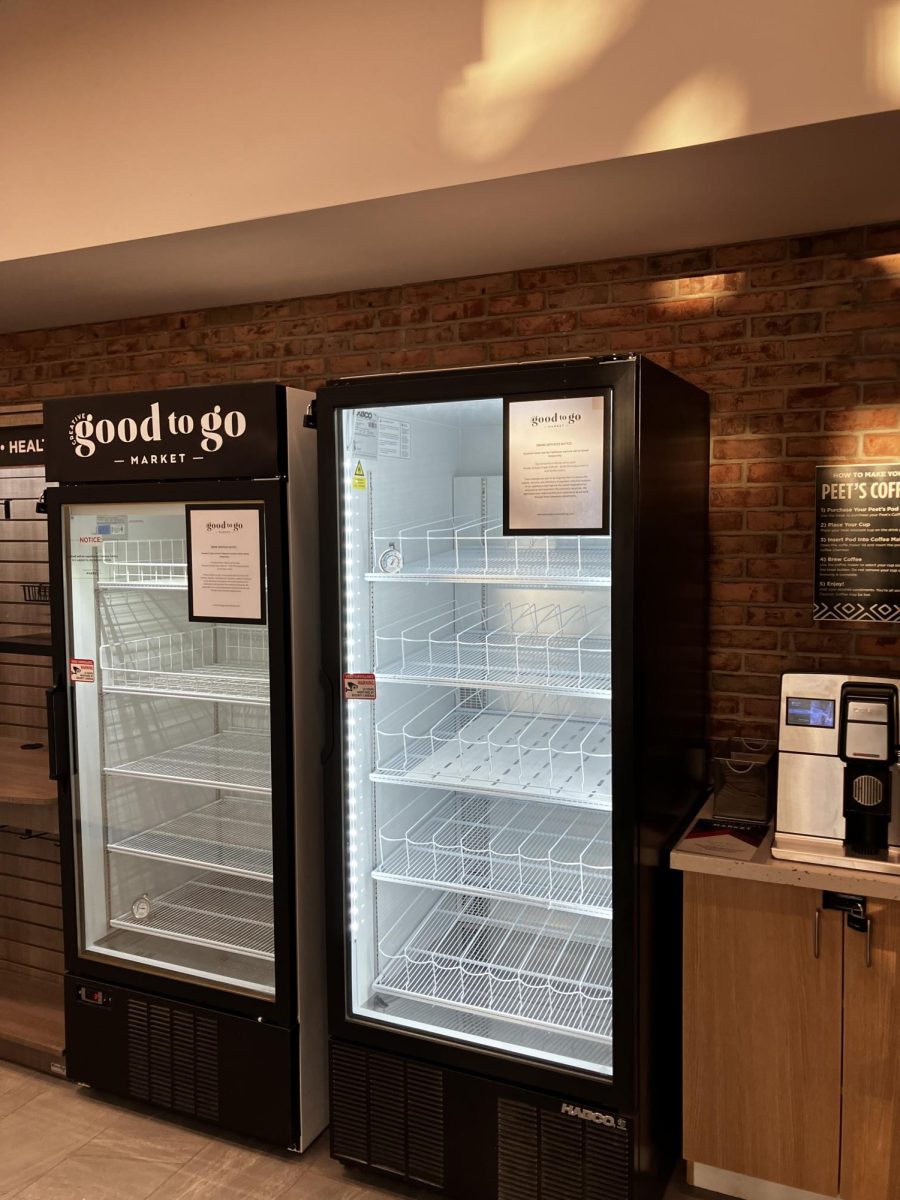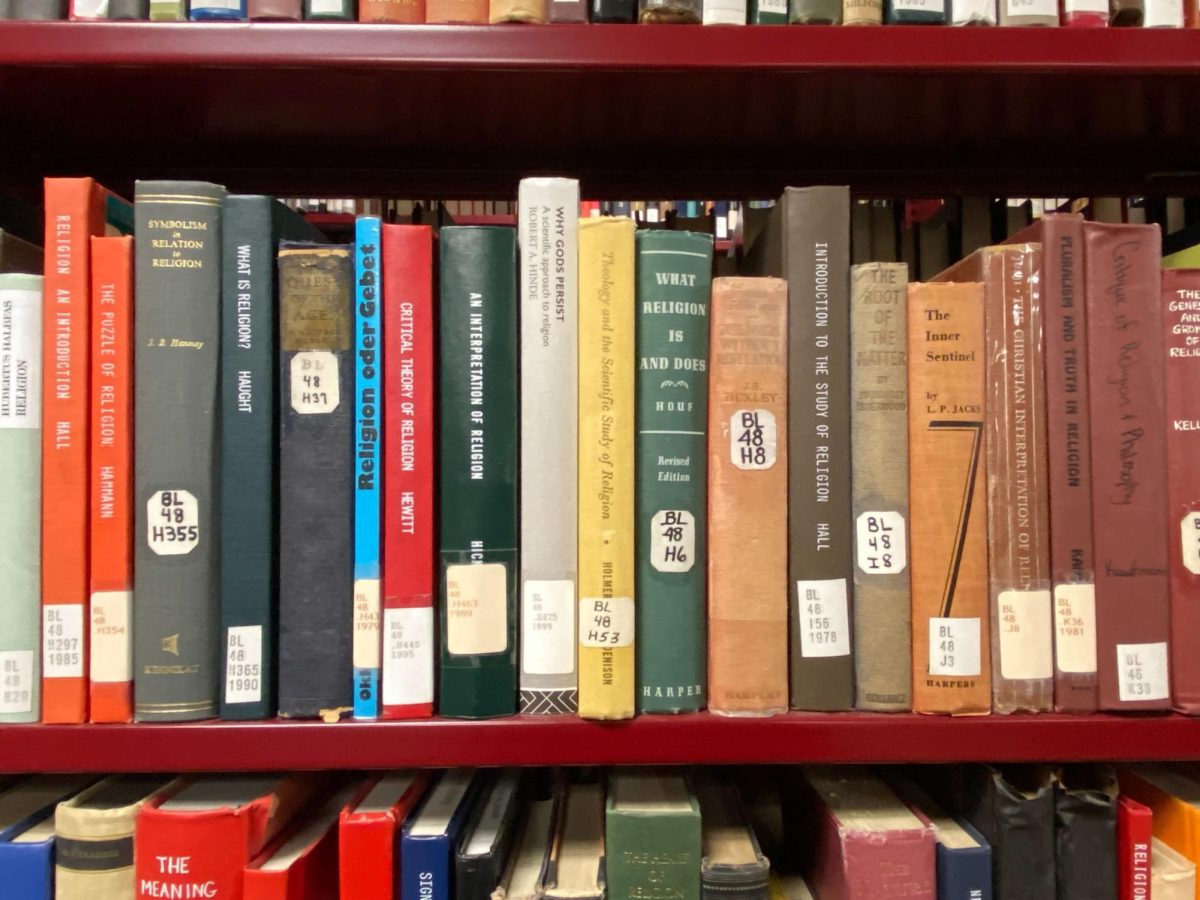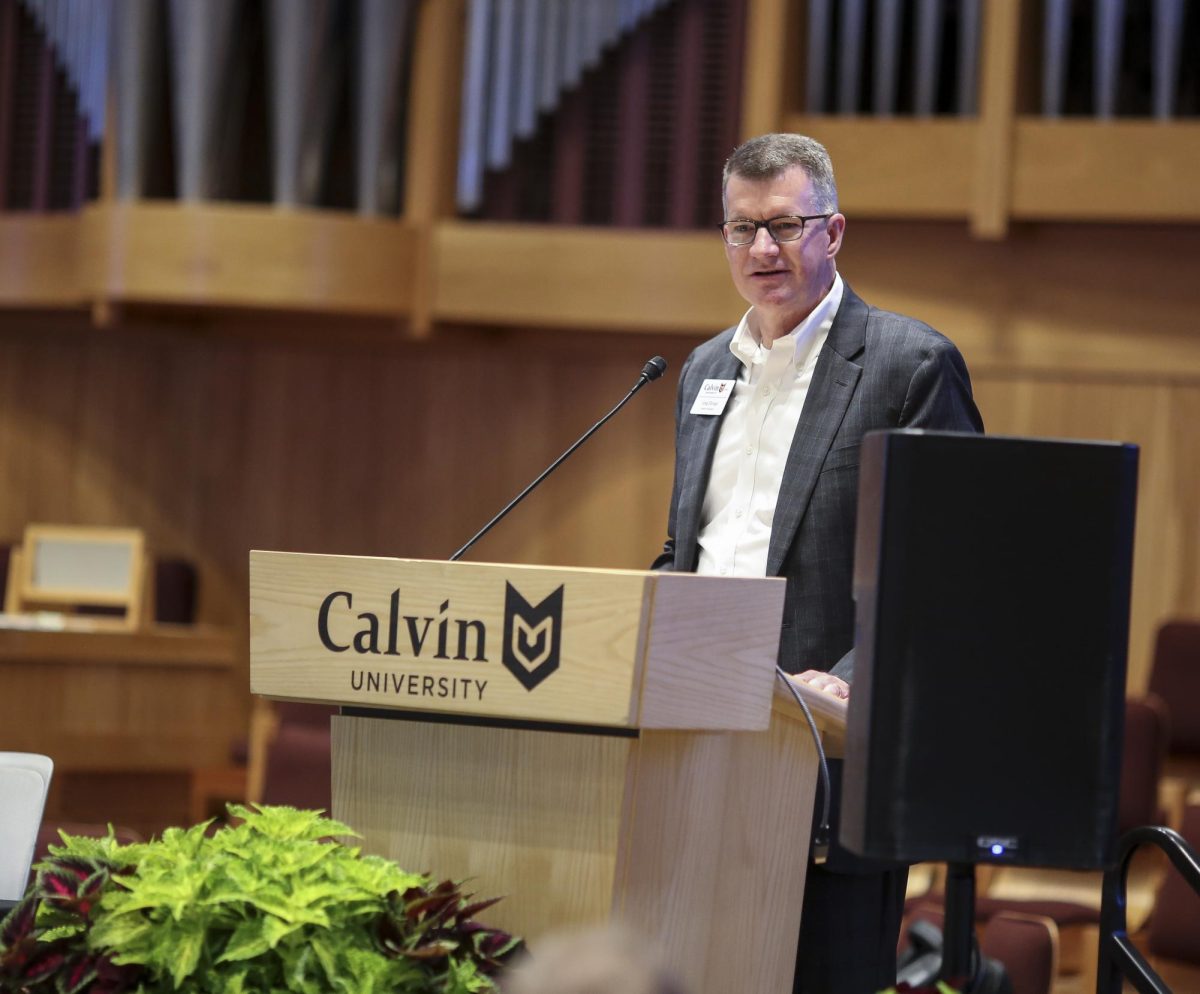Chimes’ general assignment reporter Elisabeth Stevens spoke with Rine Wakeman (Class of 2024), artist-in-residence at the Calvin Ecosystem Preserve, to learn more about the program and how students can get involved.
Chimes: So, what is an artist-in-residence?
Wakeman: An artist-in-residence program is where an organization, or a park, or a location will host an artist, and they’ll either live on campus or nearby, and then typically they will make some pieces to donate. They might lead some workshops,teach classes or otherwise do some public outreach things. This type of program is offered by a lot of nature programs like Pierce Cedar Creek down in Hastings, which is where I did my first one. They have a Gordon Art Fellowship program that’s specifically for — and that’s open to — Calvin students and other local Michigan students. National parks will also do an artist in residence, but those are a lot more competitive, understandably.
The Ecosystem Preserve doesn’t have an official artist in residence program. There’s not funding for that specifically yet, but mine is funded through something called the Michigan Space Grant. It’s basically NASA’s funding body–the people who disperse NASA-approved funds throughout the state of Michigan. They do that for research projects, product development kinds of things, and also arts; so if you’re an art student, and you’re looking to do something creative alongside science bodies like the Ecosystem Preserve or one of the biology, geology or chemistry departments, it’s a great place to check out. It’s a lot of work to write a grant but it’s worth it.
Chimes: What’s been your favorite part of being an artist-in-residence at the preserve?
Wakeman: Well, I wasn’t expecting it, but I really liked teaching and leading the workshops. That’s really not something that I have done before, and I’ve been kind of averse to teaching just because that’s a lot of pressure, and I’m a visual communicator so explaining to people how I do things tends to be kind of difficult for me. But maybe that’s a self-perception thing, and not actually how it is, or I did enough preparation to get over that feeling and I don’t know. I’m leading a few more workshops here through the fall which is great, but it’s definitely opened up some possibilities for the future.
Chimes: Could you talk more about what the workshops are?
Wakeman: Over the summer, the workshops were geared towards especially STEM circles, so biology and chemistry student researchers, and they focused on observational drawings — skills that could be used in field research and laboratory communication. The workshop consisted of a little 15-minute, 20-minute lecture where I went through the history of science and art being really, really linked by necessity, and how they’ve grown apart, and how that’s not an amazing thing. Then we spent a few minutes doing something called “gesture drawings,” which is like a warm up exercise to kind of loosen you up and turn off your intensely critical brain. Then we did some more detailed sketching where you took some of those gesture drawings and expanded on them. Then, after a little break, we did an hour of just making one big piece, and people could, you know, ask questions to me and get feedback while they were doing that. Then at different points in the process, we shared what we were doing and how it was feeling, what we liked, what we didn’t like, what was going well, something you learned and something new you noticed about the object – cause that’s part of what I find valuable about drawing things that I’m studying.
Chimes: What’s upcoming this semester, and what are you looking forward to?
Wakeman: This semester, not next week, but the next week on a Thursday [the 19th], we are doing a junk journal workshop where we have some book covers to fill up. You’re welcome to bring your own, but we are going to upcycle or reconstruct these books into sketchbooks, notebooks, whatever you really want them to be. Then the following Thursdays, we’re offering a little club meeting, basically, where people can bring sketchbooks and journals to share about their natural observations. So people get in a nice little circle, and we’ll share two or three pages of “this is what I saw in nature today,” and “I wrote a nice poem about it,” that sort of thing. We just have a space to do that together and motivate ourselves to do it.
In October, we’re going to be doing a plein-air painting workshop. This is when we set up somewhere in the preserve and paint a landscape and go through my process for how to start a painting, how to lay it out and how to decide you’re done, even if it doesn’t feel totally finished. And then I’ll let people loose to do their own paintings.
And then the last one is something that I’m really excited about as someone who really likes ceramics. Inspired by historical pottery that would reflect the wildlife that you’d see in the environment that the culture was based in, we’re going to use slip and sgraffito on various ceramic forms to represent some kind of creature or natural feature on these little vessels and then you get to take home, so that’ll be really fun.
To sign up for art workshops, go to https://calvin.edu/ecosystem-preserve/programs/art-workshops. Workshops are free or discounted for students and $15-$20 for the general public. To learn more about Rine’s work, visit his website at https://www.rinetherein.com/.




